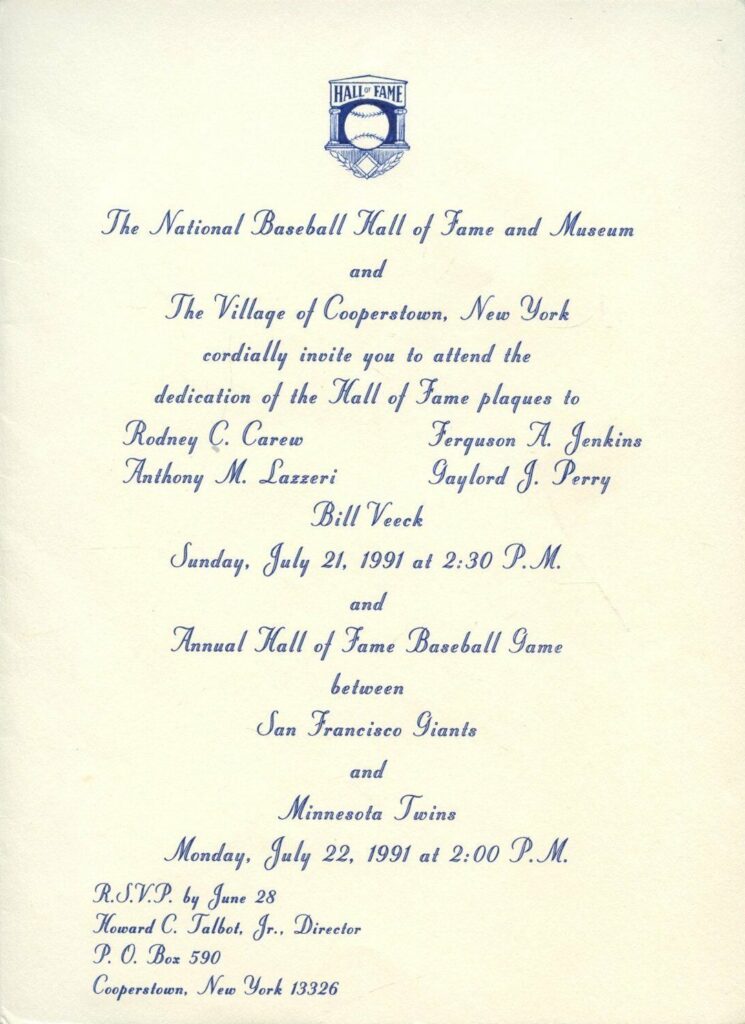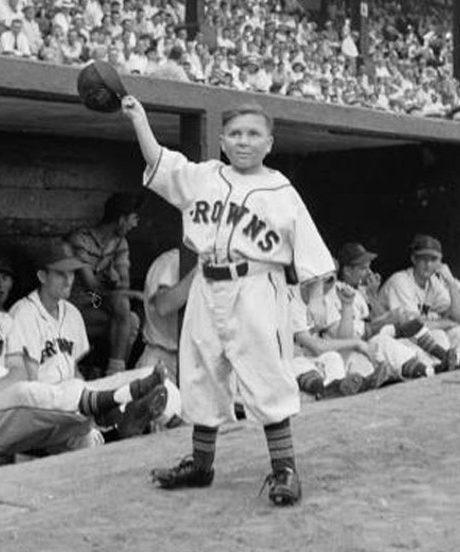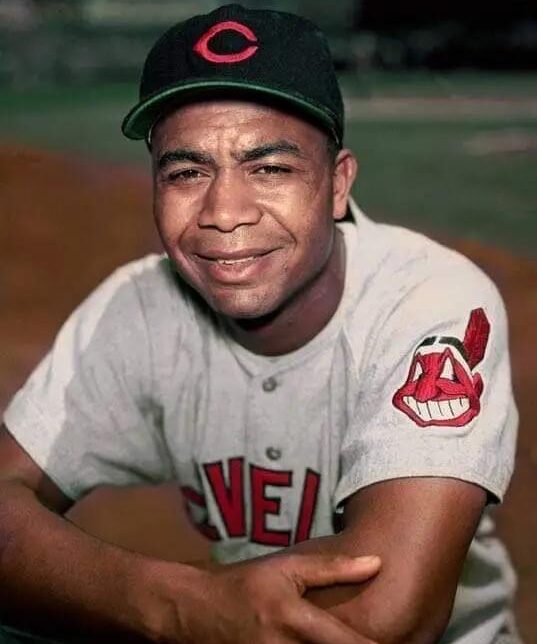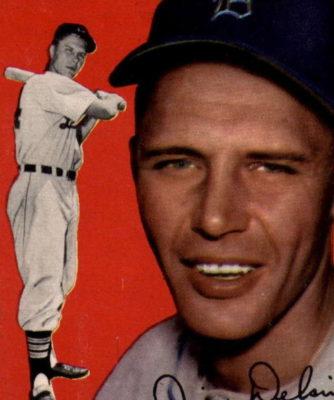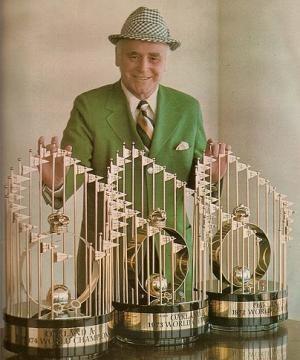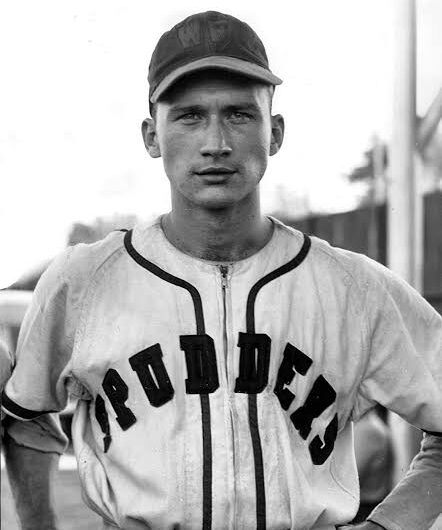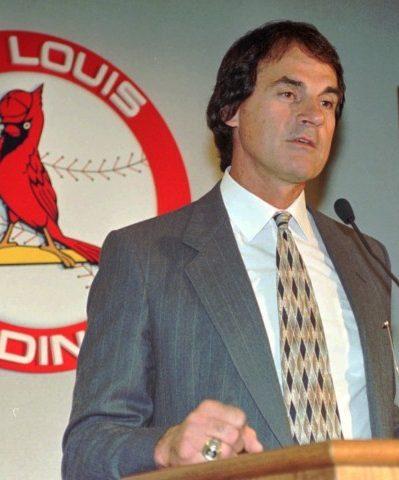Bill Veeck
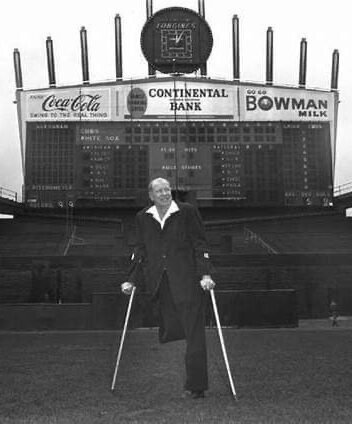
| Birthdate | 2/9/1914 |
| Death Date | 1/2/1986 |
| Debut Year | |
| Year of Induction | 1991 |
| Teams | Browns, Indians, White Sox |
| Positions | Executive, Owner |
Bil Veeck served as owner and team president for the Indians, Browns, and White Sox. His signing of Larry Doby broke the AL color barrier in 1947.
Leave a commentIn the collection:
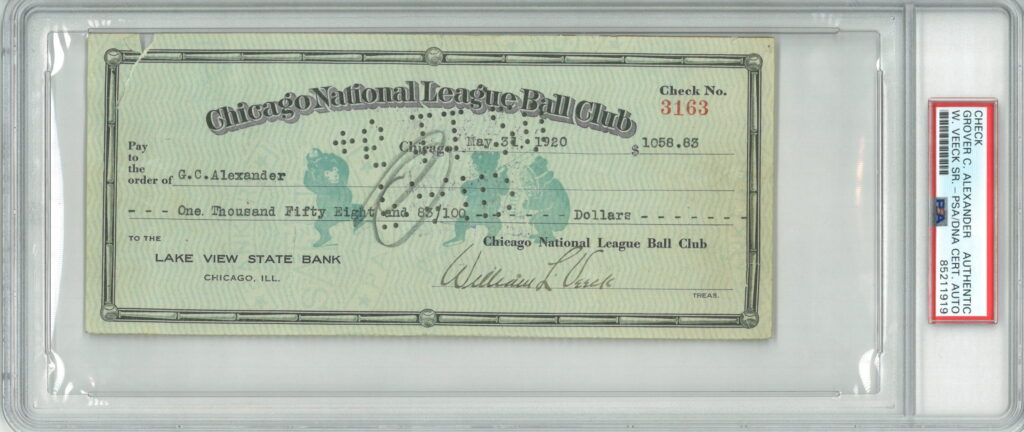
Veeck's father and namesake was the president of the Chicago Cubs from 1919-1933
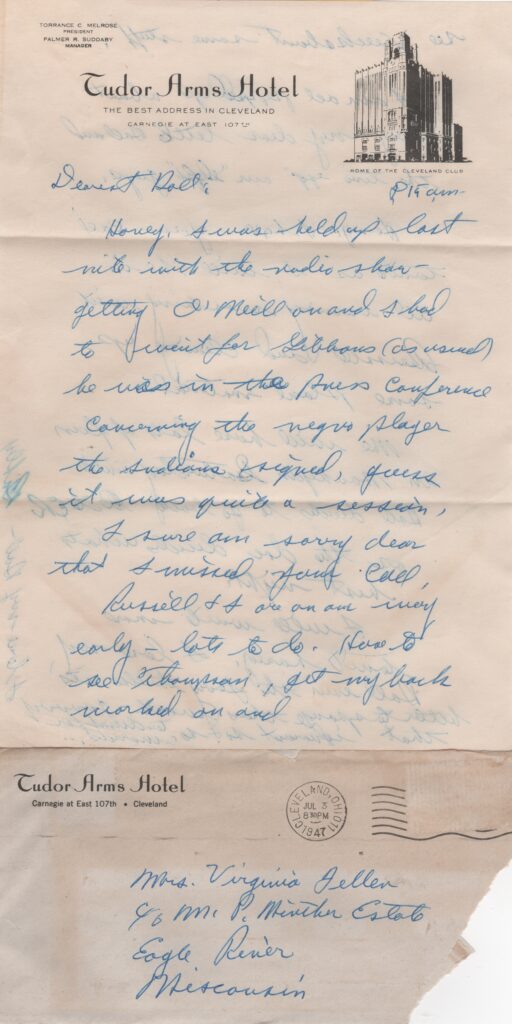
Larry Doby signed with Bill Veeck's Indians on 7/2/47 and broke the AL color barrier 3 days later
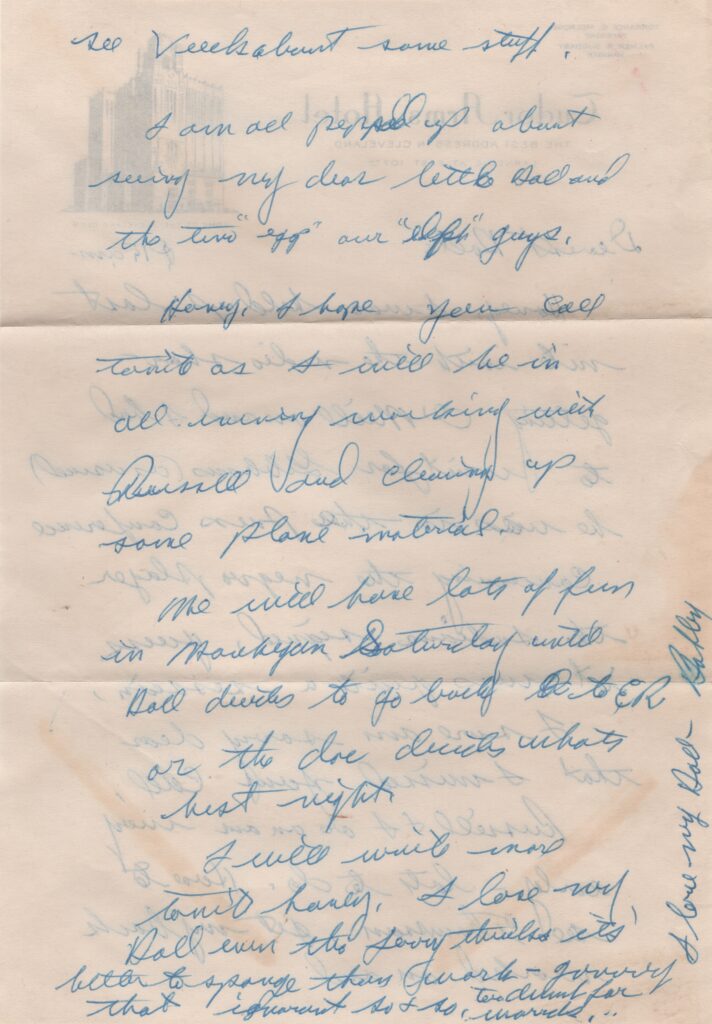
Doby enjoyed 7 straight All Star campaigns for the Indians from 1949-1955
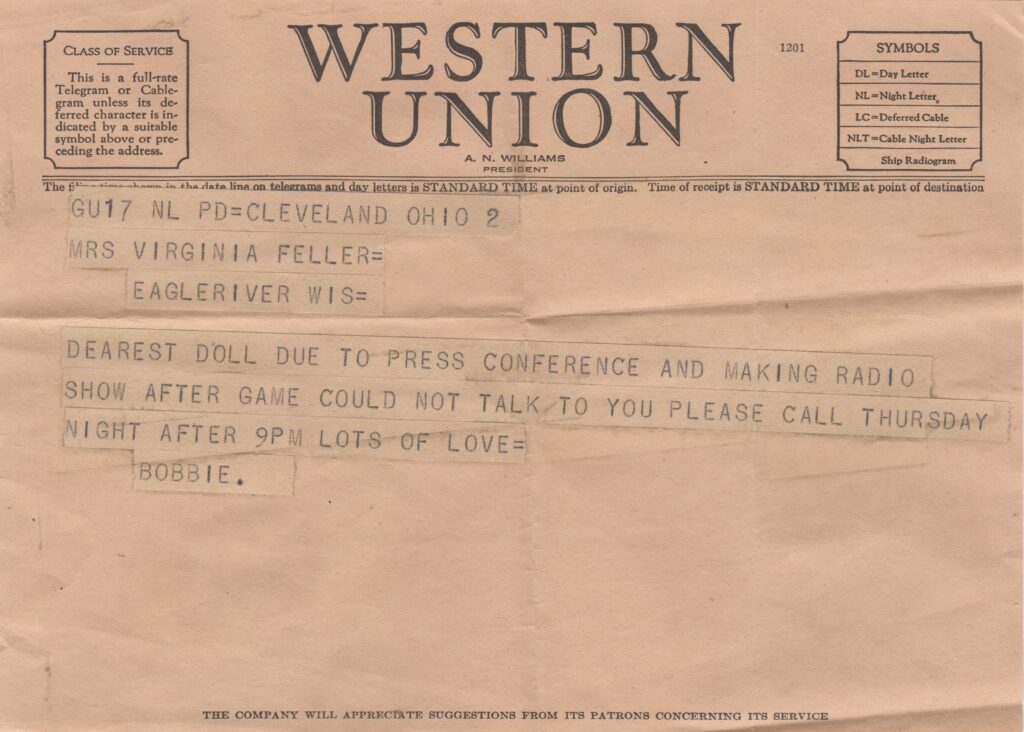
Veeck's press conference introducing Doby went long so Feller sent his wife this telegram
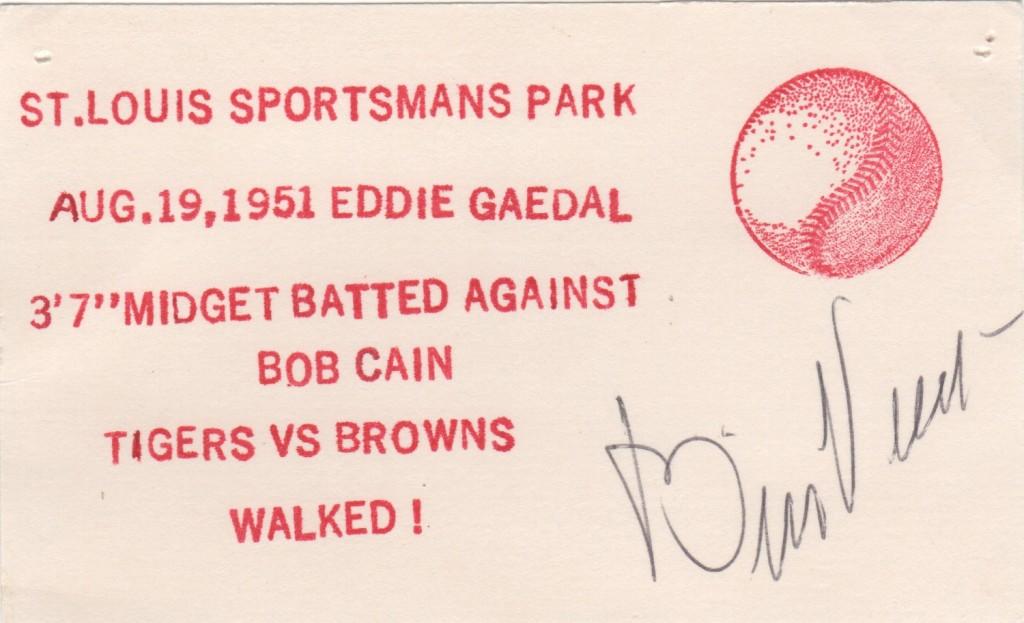
Bill Veeck's most famous shenanigan - 3'7" pinch hitter Eddie Gaedel
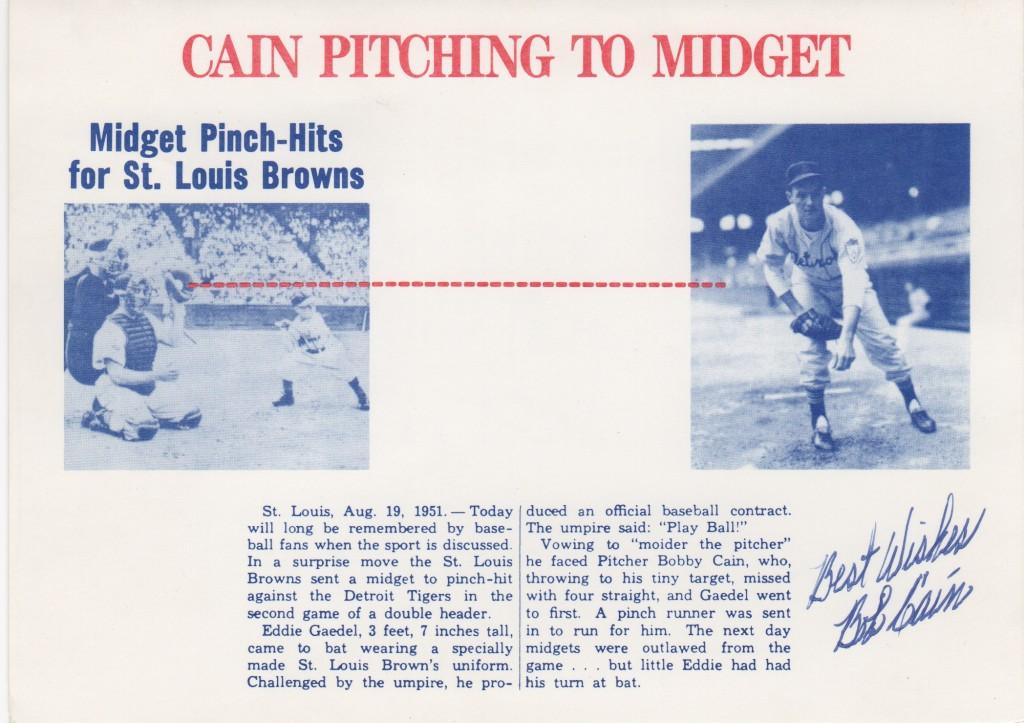
Bob Cain had the distinction of pitching to Gaedel - here's Cain's Christmas card
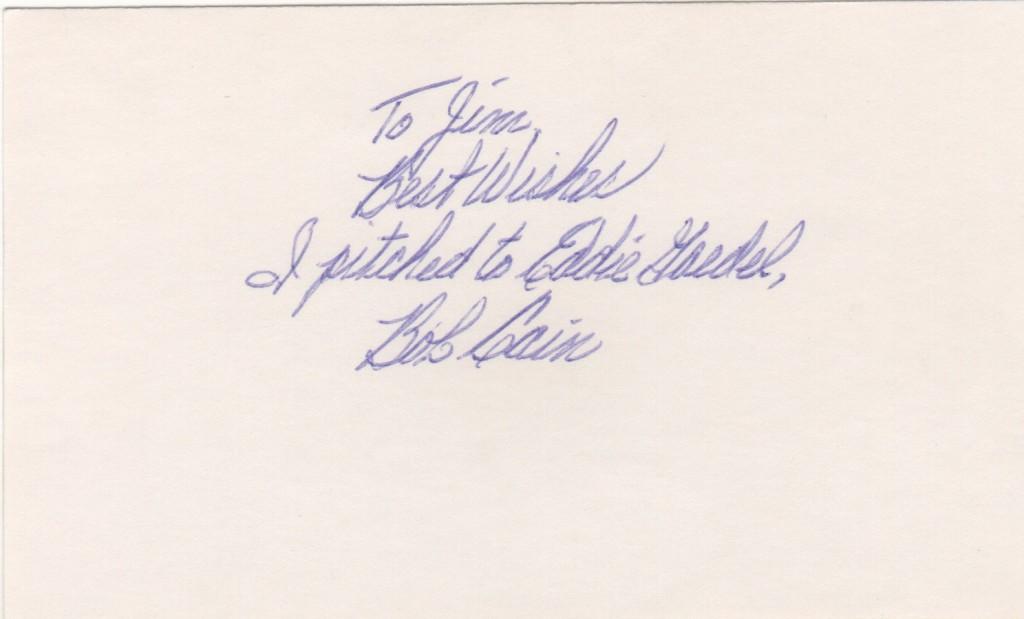
Bob Cain wrote "I pitched to Eddie Gaedel" on this index card
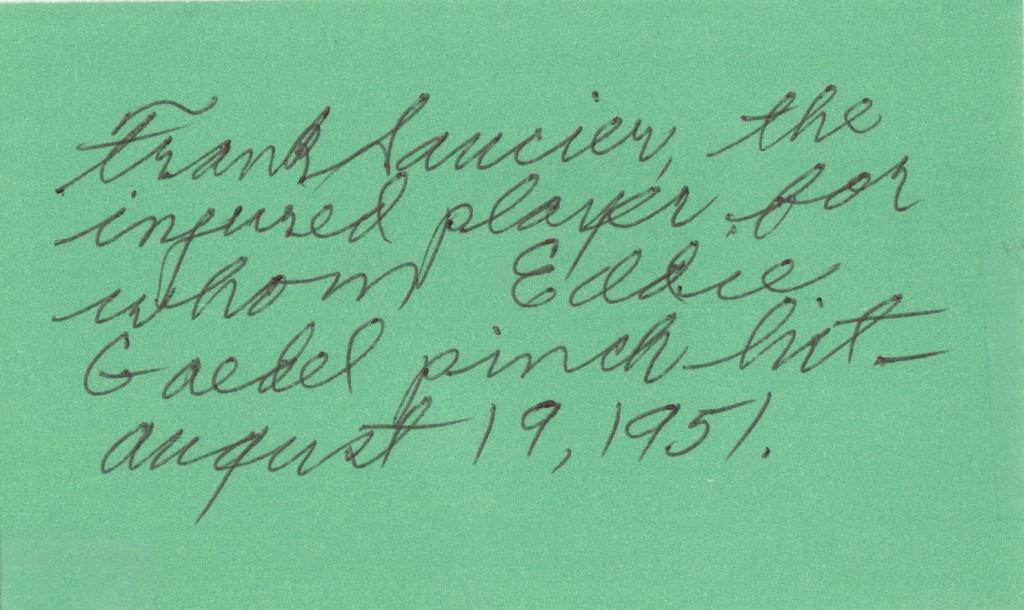
Frank Saucier started in right field and batted lead off before getting lifted in favor of Gaedel
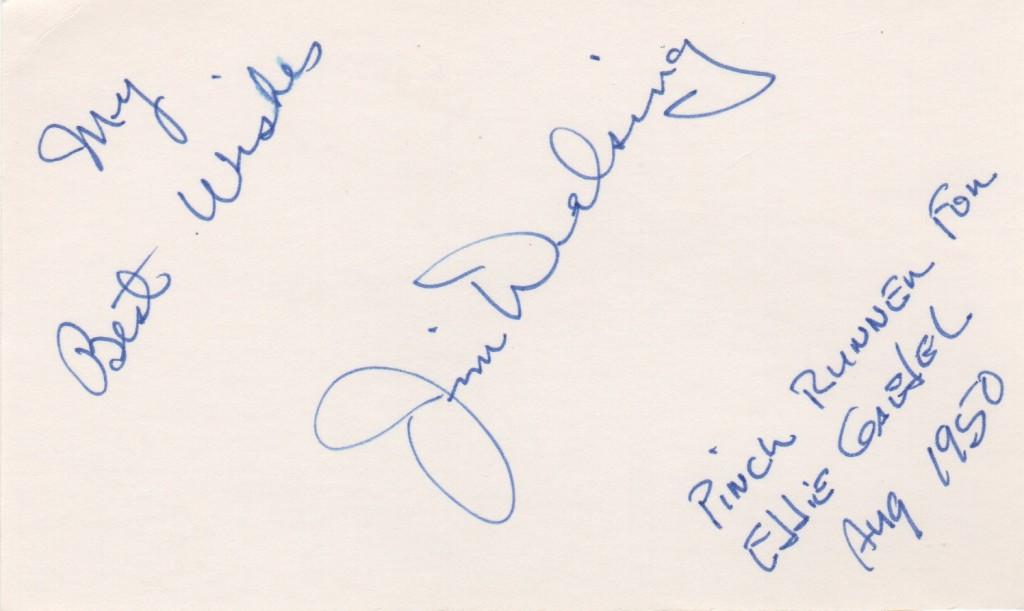
Once Gaedel reached first base, Jim Delsing pinch ran for him
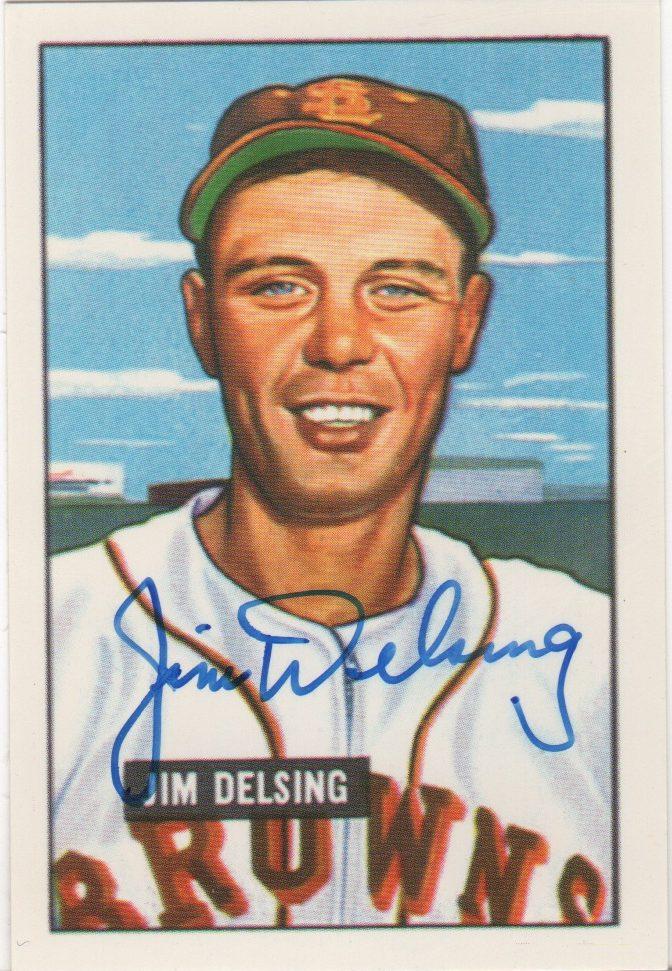
Autographed 1951 Bowman reprint of Jim Delsing
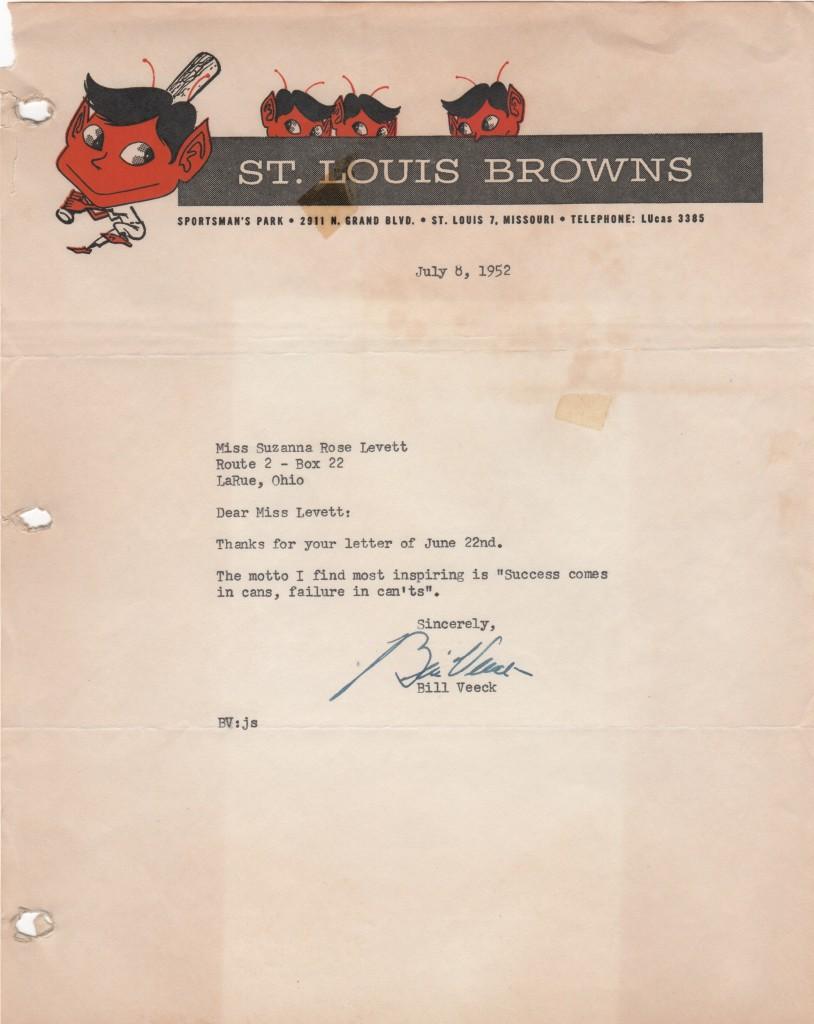
Bill Veeck signed letter on St. Louis Browns letterhead
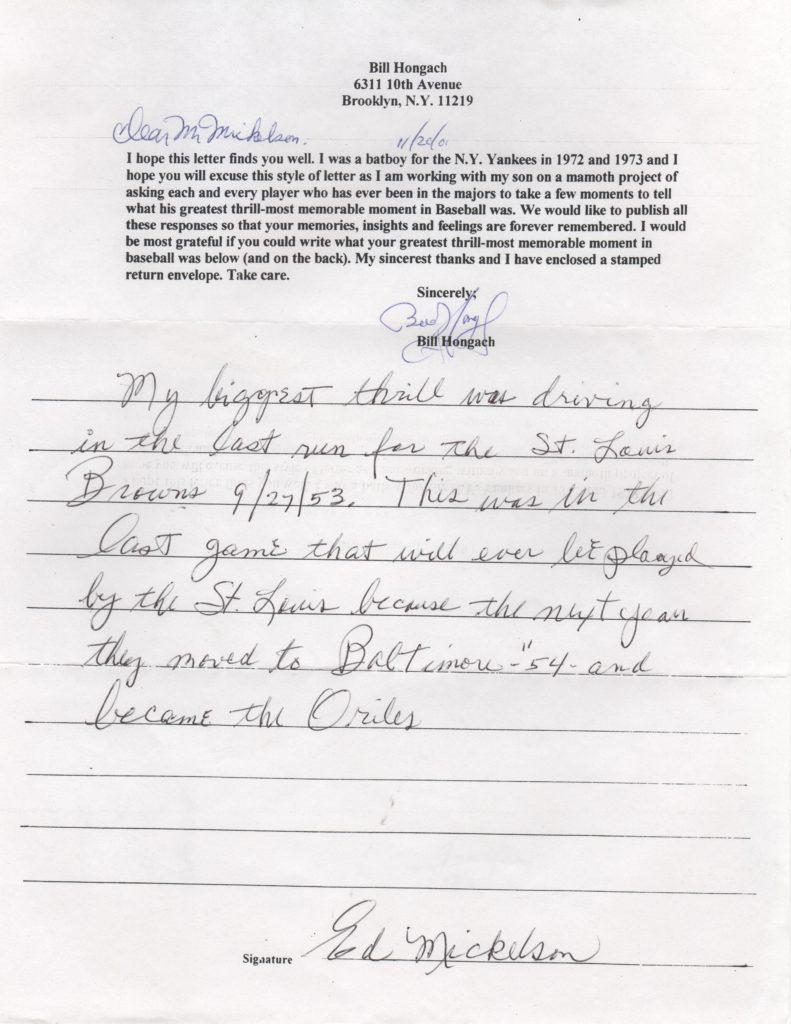
Ed Mickelson writes about driving in the final run in St. Louis Browns history
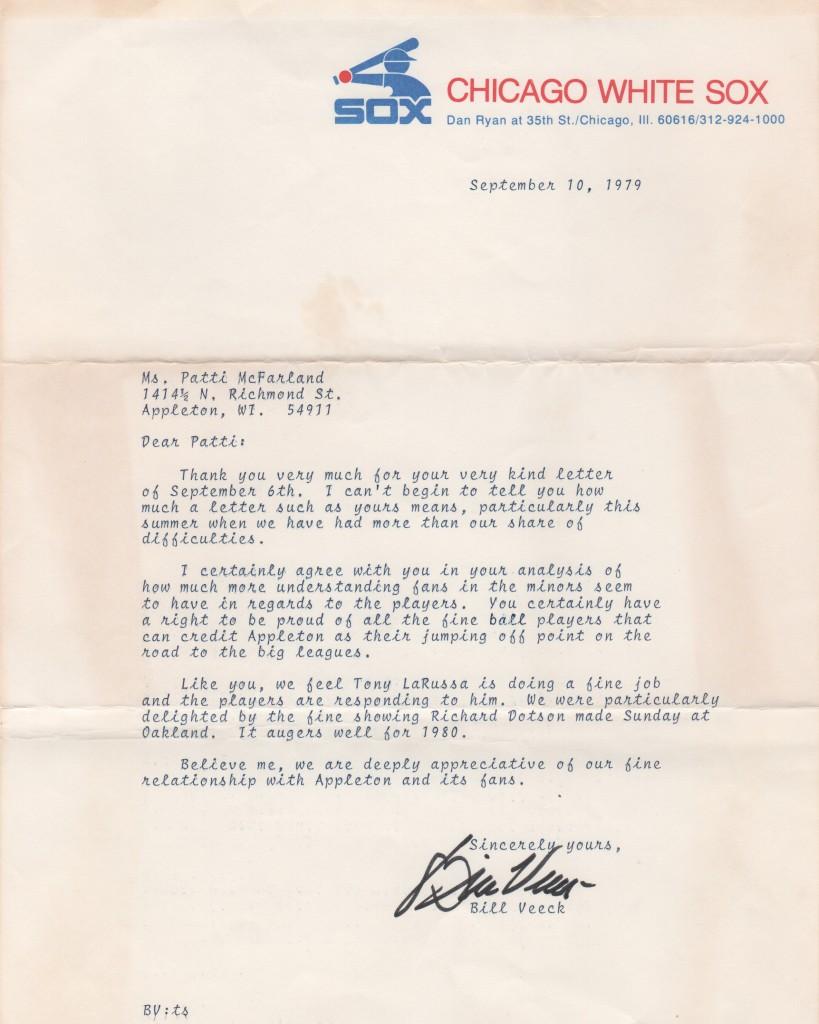
Bill Veeck praises rookie manager Tony La Russa
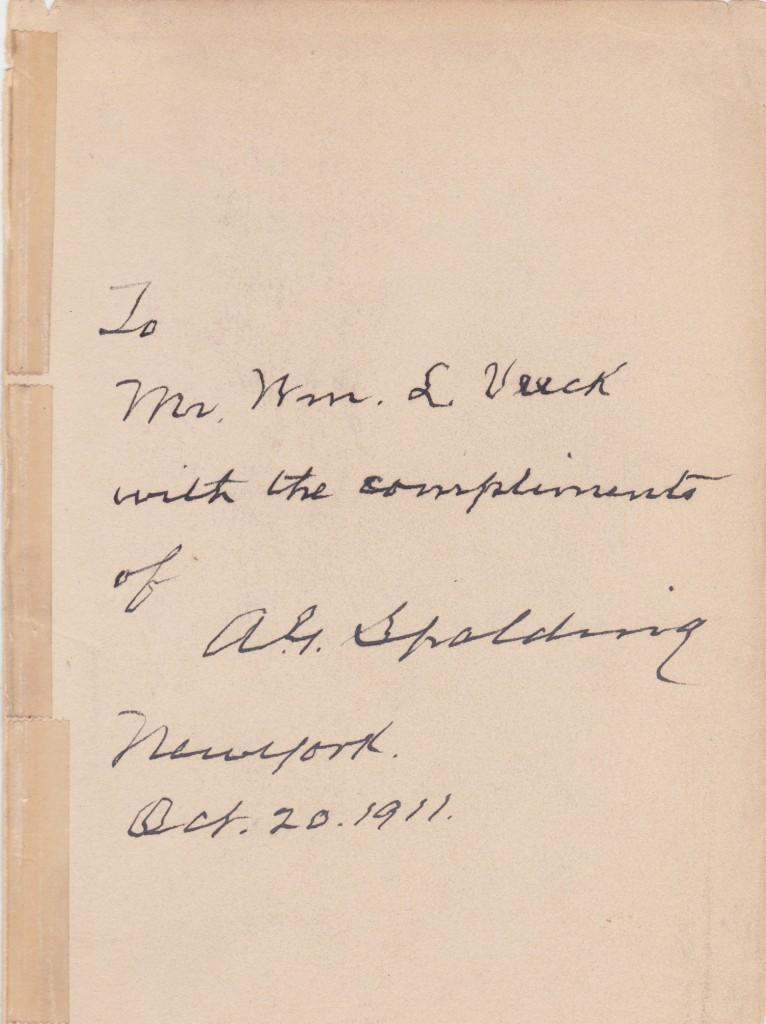
Veeck's father Bill Sr. receives a book and a greeting from AG Spalding
